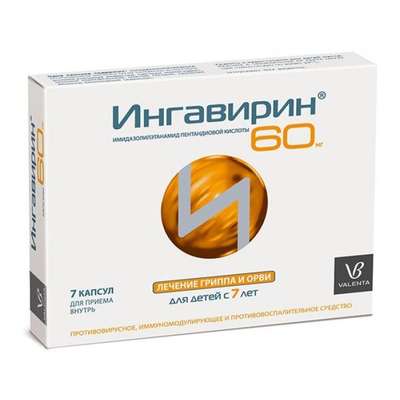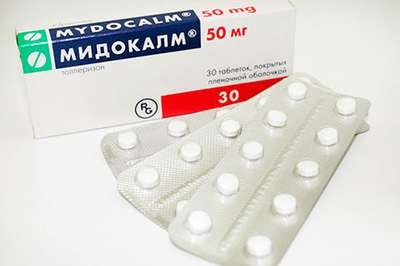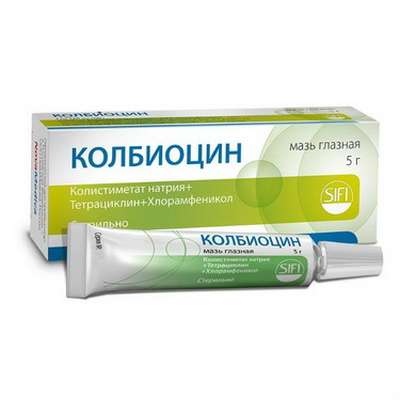Instruction for use: Calypsol
I want this, give me price
Dosage form: solution for intravenous and intramuscular injection 500 mg / 10 ml
Active substance: Ketamine*
ATX
N01AX03 Ketamine
Pharmacological group:
Anesthetic means
The nosological classification (ICD-10)
Z100.0 * Anesthesiology and premedication: Abdominal surgery; Adenomectomy; Amputation; Angioplasty of the coronary arteries; Carotid artery angioplasty; Antiseptic treatment of skin in wounds; Antiseptic treatment of hands; Appendectomy; Atheroctomy; Balloon coronary angioplasty; Vaginal hysterectomy; Venous bypass; Interventions on the vagina and cervix; Interventions on the bladder; Interference in the oral cavity; Reconstructive-reconstructive operations; Hand hygiene of medical personnel; Gynecological Surgery; Gynecological interventions; Gynecological operations; Hypovolemic shock during surgery; Disinfection of purulent wounds; Disinfection of the edges of wounds; Diagnostic Interventions; Diagnostic procedures; Diathermocoagulation of the cervix; Long-term surgeries; Replacement of fistulous catheters; Infection in orthopedic surgical interventions; Artificial heart valve; Kistectomy; Short-term outpatient surgery; Short-term operations; Short-term surgical procedures; Cryotyreotomy; Blood loss during surgical interventions; Bleeding during surgery and in the postoperative period; Laser coagulation Laserocoagulation; Laser retinopathy of the retina; Laparoscopy; Laparoscopy in gynecology; Likvornaya fistula; Small gynecological operations; Small surgical interventions; Mastectomy and subsequent plastic surgery; Mediastinotomy; Microsurgical operations on the ear; Mukinging operations; Suturing; Minor surgery; Neurosurgical operation; Eclipse of the eyeball in ophthalmic surgery; Orchiectomy; Pancreatectomy; Pericardectomy; The rehabilitation period after surgical operations; Reconvalence after surgical intervention; Percutaneous transluminal coronary angioplasty; Pleural Thoracocentesis; Pneumonia postoperative and post traumatic; Preparing for surgical procedures; Preparing for a surgical operation; Preparation of the surgeon's arms before surgery; Preparation of the colon for surgical interventions; Postoperative aspiration pneumonia in neurosurgical and thoracic operations; Postoperative nausea; Postoperative hemorrhage; Postoperative granuloma; Postoperative shock; Early postoperative period; Myocardial revascularization; Resection of the apex of the tooth root; Resection of the stomach; Bowel resection; Resection of the uterus; Liver resection; Small bowel resection; Resection of a part of the stomach; Reocclusion of the operated vessel; Gluing of tissues during surgical interventions; Suture removal; Condition after eye surgery; Condition after surgery in the nasal cavity; Condition after gastrectomy; Condition after resection of the small intestine; Condition after tonsillectomy; Condition after removal of duodenum; Condition after phlebectomy; Vascular Surgery; Splenectomy; Sterilization of surgical instrument; Sterilization of surgical instruments; Sternotomy; Dental surgery; Dental intervention on periodontal tissues; Strumectomy; Tonsillectomy; Thoracic surgery; Total gastrectomy; Transdermal intravascular coronary angioplasty; Transurethral resection; Turbinectomy; Removal of a tooth; Cataract removal; Removing Cysts; Removal of tonsils; Removal of myoma; Removal of mobile milk teeth; Removal of polyps; Removal of a broken tooth; Removal of the uterus; Removal of seams; Urethrotomy; Fistula of the luminal ducts; Frontoetmoidogamotomy; Surgical infection; Surgical treatment of chronic ulcers of extremities; Surgery; Surgery in the anus; Surgery on the large intestine; Surgical practice; Surgical procedure; Surgical interventions; Surgical interventions on the digestive tract; Surgical interventions on the urinary tract; Surgical interventions on the urinary system; Surgical interventions on the genitourinary system; Surgical intervention on the heart; Surgical procedures; Surgical operations; Surgical operations on veins; Surgical intervention; Vascular Surgery; Surgical treatment of thromboses; Cholecystectomy; Partial resection of the stomach; Extraperitoneal hysterectomy; Percutaneous transluminal coronary angioplasty; Percutaneous transluminal angioplasty; Coronary artery bypass grafting; Extirpation of the tooth; Extirpation of infant teeth; Extirpation of pulp; Extracorporeal circulation; Extraction of the tooth; Extraction of teeth; Extraction of cataracts; Electrocoagulation; Endourological interventions; Episiotomy; Ethmoidotomy; Complications after tooth extraction
Composition and release form
Solution for injection 1 fl.
ketamine (as hydrochloride) 500 mg
in bottles of 10 ml; in the box there are 5 bottles.
Pharmachologic effect
Pharmacological action - anesthesia, sleeping pills.
It blocks thalamo-cortical connections, reduces the afferent sensitivity of the brain. Activates opiate and serotonin receptors of the central nervous system.
Pharmacodynamics
Acts quickly, but not for long (12-25 min). It causes a pronounced and prolonged (up to 2 hours) analgesia. Slightly increases the tone of skeletal muscles and sympathoadrenal system; In the phase of anesthesia, pharyngeal, laryngeal, cough reflexes and independent ventilation of the lungs remain.
Indications for the Calypsol
Anesthesia of short-term operations and diagnostic interventions; induction anesthesia.
Contraindications
Arterial hypertension, severe decompensation of cerebral and / or systemic circulation, eclampsia.
Side effects
From the nervous system and sense organs: depression of the respiratory center, on awakening - hallucinations, psychomotor agitation, impaired consciousness.
On the part of the digestive tract: drooling, nausea.
From the cardiovascular system and blood (hematopoiesis, hemostasis): increased blood pressure, tachycardia.
Interaction
Strengthens the effect of inhalation anesthesia, the miorelaxing effect of tubocurarine; does not change - pancuronium and succinylcholine.
Dosing and Administration
The dosage regimen is set individually. IV, slowly (for more than 60 s), adults - 1-3 mg / kg, children - 0.5-3 mg / kg; the average dose for anesthesia lasting 5-10 minutes is 2 mg / kg. IM, adults - 6.5-8 mg / kg, children - 2-5 mg / kg.
Overdose
Symptoms: respiratory depression.
Treatment: IVL.
Precautionary measures
Should be used only by an experienced anesthesiologist in a well-equipped medical institution.
Conditions for storing Calypsol
In the dark place at a temperature of 15-25 ° C.
Keep out of the reach of children.
Shelf life of Calypsol
5 years.
Do not use after the expiry date printed on the package.

 Cart
Cart





